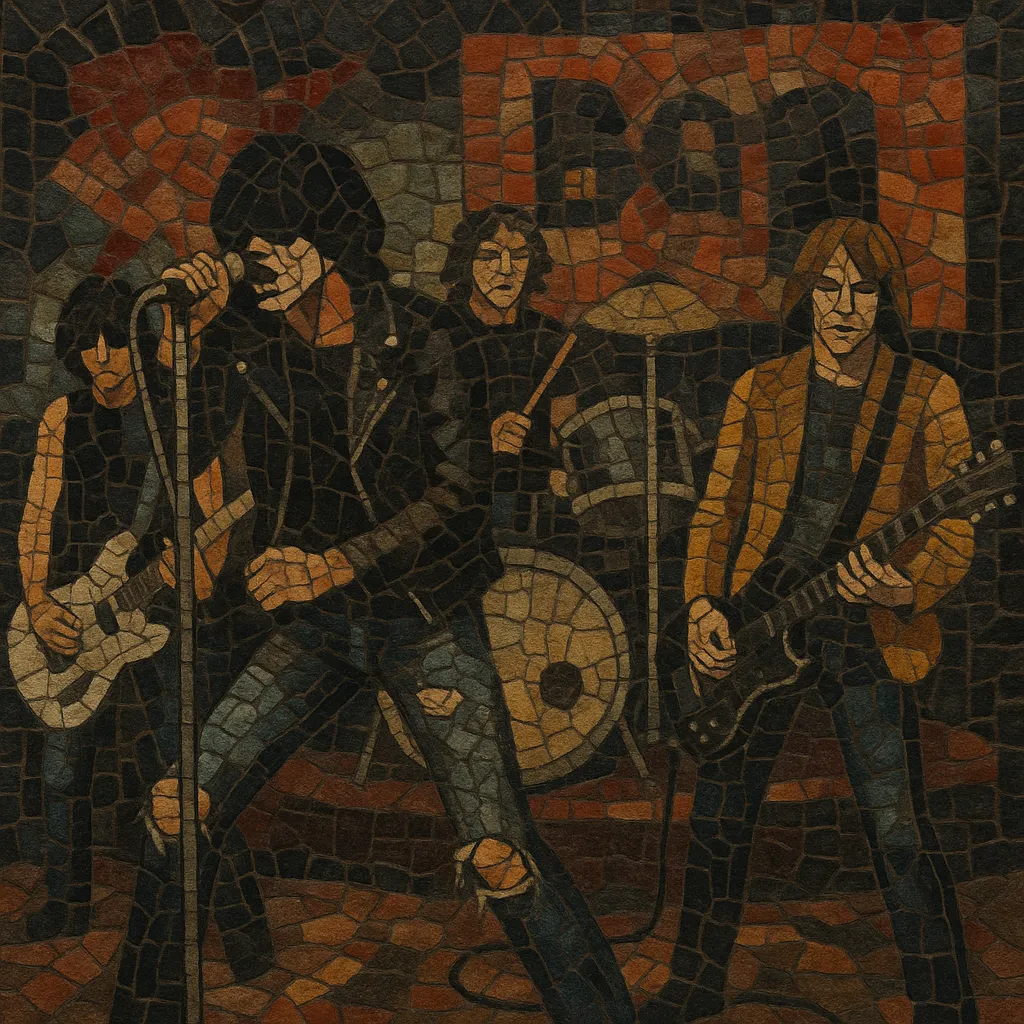
The CBGB scene refers to the loose but highly influential community of bands that emerged from the New York club CBGB (Country, BlueGrass & Blues) at 315 Bowery in the mid‑1970s. Under owner Hilly Kristal, the venue—originally intended for roots music—became an incubator for raw, minimalist rock that prized immediacy, idiosyncrasy, and a fiercely DIY ethos.
Musically, the scene fused 1960s garage rock energy, proto‑punk bite, and art‑school experimentation. Its sound ranged from the blistering, two‑minute blitzes of the Ramones, to Television’s interlocking, improvisation‑tinged guitar lattices, to Blondie and Talking Heads’ witty, genre‑bending pop. Lyrics often channeled urban grit, deadpan humor, and existential alienation, mirroring the decaying yet creatively vibrant Lower East Side of the era.
CBGB opened in 1973, founded by Hilly Kristal, who soon embraced original rock bands that couldn’t find a home elsewhere. The club’s mismatched PA, narrow stage, and no‑covers policy cultivated a practical, DIY discipline. Early anchors included Television (often credited with inaugurating the scene’s residencies), Patti Smith Group, and the Ramones, all drawing from garage rock, proto‑punk, art rock, and poetic performance traditions.
Regular bills solidified a distinct identity: tightened song forms, street‑level lyrics, and stark but inventive arrangements. Blondie and Talking Heads expanded the palette, absorbing girl‑group pop, disco, funk, and minimalism. Richard Hell & the Voidoids crystallized punk attitude and fashion, while other outliers (Suicide, The Cramps) introduced synth menace and psychobilly twang, respectively.
As major‑label attention arrived, several CBGB acts helped spearhead the international punk and new wave explosion. In the 1980s the club became a hub for hardcore punk matinees, seeding New York hardcore’s speed, aggression, and DIY infrastructure. The venue remained a proving ground for left‑of‑center rock and experimental approaches.
CBGB’s aesthetic—short, purposeful songs; raw sonics; independent production; and art‑driven intent—shaped post‑punk, indie rock, and alternative rock worldwide. After protracted rent disputes, CBGB closed in 2006, but its blueprint continues to inform underground venues, independent touring networks, and the broader concept of the DIY music ecosystem.

